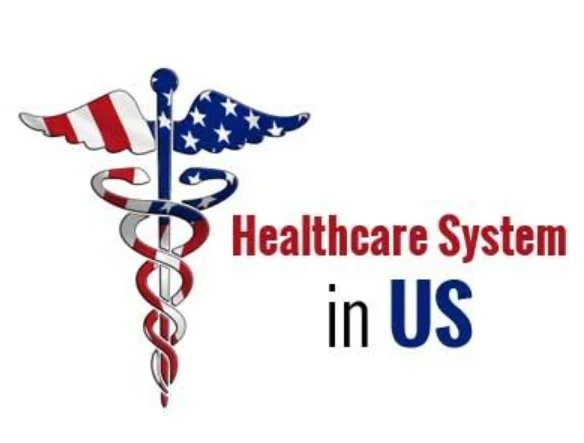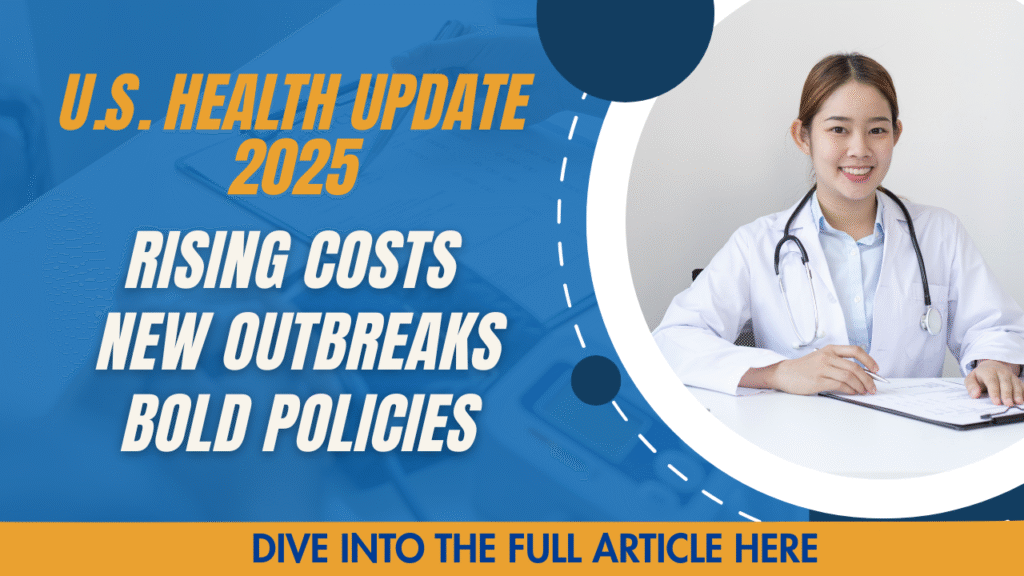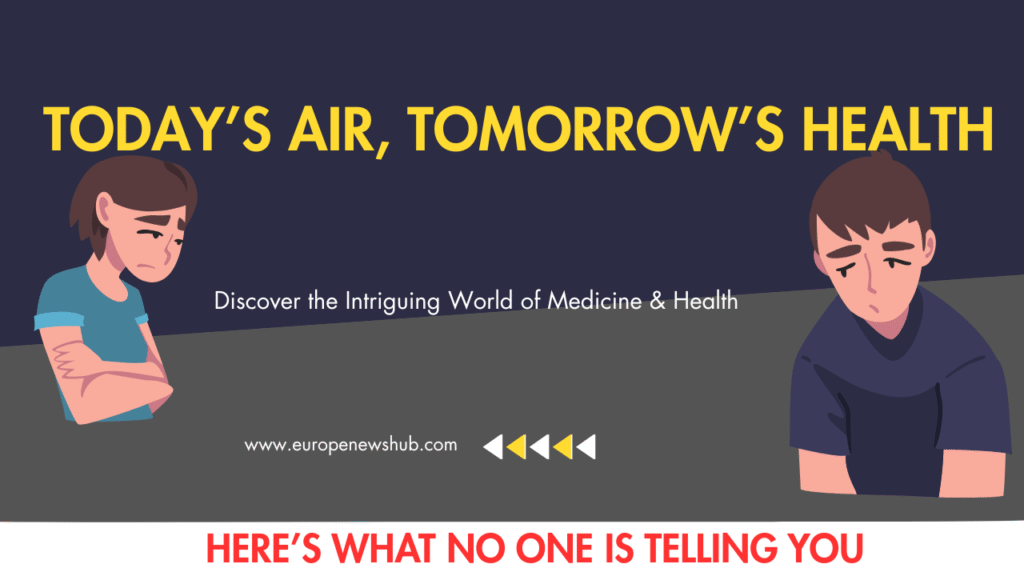The challenges of the U.S. health sector in 2025 include increasing expenses, spread of infectious diseases and policy shifts. Whether it is the soaring cost of insurance to an outbreak of measles on a scale not seen since the middle ages or reduced investment in medical research, things are fast transforming. Below is an overview of what is going on.
1. Rising Health Insurance Premiums
The introduction of phenomena of increased health insurance premiums is one of the greatest updatings in U.S. health in 2025. There has been a steady growth of employer sponsored health plans and the premiums are rising on a yearly basis, averagely at about 6 percent higher than last year. On the ACA marketplace, there are already states that reported proposed increases of above 30 percent, with New York at possible increases above 60 percent.
There are a number of factors behind these expenditures and these are the lower level of the federal subsidies, rising hospital service expenditures, the price of drugs, and the medical-importation tariffs. There is market concentration in other regions where insurance companies are not competing as much, making the prices go up. Millions of people stand to lose their cover unless action is taken, which further increases the gap in healthcare access.
2. Measles Resurgence Across States
The spread of measles, a condition that had been pronounced eradicated in the U.S., presents another frightening turn of events. More than 1,200 cases have been confirmed in 2025 and it is the biggest outbreak in over 30 years. Cases are distributed to about 40 states and Texas, New Mexico and surrounding areas are hotspots.
Sadly, three deaths have been recorded due to measles, two children perished in Texas and one adult in New Mexico. Analysts cite a drop in vaccination rates spurred on by disinformation and changing policies as the major cause of this resurgence. The aim of public health agencies is to ensure that more individuals are vaccinated against MMR.

3. Cuts to mRNA Vaccine Funding
In August 2025, the U.S. Department of Health cancelled 22 of its mRNA vaccine projects that were federally funded to the tune of almost half a billion dollars. The shift puts a halt to continued research into the next generation of vaccines against COVID-19, prevention against bird flu, and even cancer drugs done through mRNA technology.
Amid fears about the long-term viability of mRNA vaccines against respiratory disease, officials claimed they were finding ways to reduce spending priorities to overcome the squeeze, although most scientists say such retrenchment will hurt pandemic preparedness. The U.S. stands to lose on innovation with vaccines, which could render the country helpless in case of another round of outbreak.
4. NIH Grant Reductions
As another twist to research difficulties, the National Institutes of Health has cancelled over 40 grants, among which they included those conducting research on vaccine hesitancy and acceptance. The number of new NIH awards is down more than $2 billion since last year and is hitting research on cancer, infectious diseases, and pediatric health with devastating impact.
Researchers have pointed out that funding cuts will also result in a stumbling pace of medical innovations and diminishing of the infrastructure which is involved in long- range advancement of public health. The funding also brings fears that best medical research minds will not be retained in the U.S. given the fact that they will seek secure funding elsewhere.
5. Advances in Student Mental Health Initiatives
Having said the challenges, there is at least one good news in this 2025 U.S. health update. Now Illinois is the first state requiring every student in grade 3-12 to pass mental health screening each year. The rationale behind doing this is to diagnose problems on time and to redirect the students towards assistance.
The show is an initiative in an initiative to manage increasing levels of depression and anxiety in the youth. It is the wish of experts that other states implement such measures and regard mental health care as part and parcel of well-being.
FAQs
Q1: What is causing the rise in health insurance in 2025?
Increased hospital costs, drug cost inflation, less federal subsidies and dwindling insurance carriers in certain local markets are some of the reasons why premiums have soared.
Q2: How severe is the 2025 measles outbreak?
It is the most severe outbreak since 1992 and at least 1,200 confirmed, hospitalized and three deaths. One of the most crucial ones is low levels of vaccination.
Q3: How will the funding cuts to mRNA affect it?
The reductions to vaccines may cause a lag in research and development of vaccines, hamper preparedness against pandemic threats, and prevent productive research into infectious diseases and some cancer cures.
Final Words
The health update of 2025 of the U.S. indicates that the system is on strain, costs are increasing, there is threat of infectious diseases and funding of research is low. However, projects such as mental health screenings among students can be seen as a hope. These issues can only be solved through resilient policies, long-lasting investment, and faith of the population in science.


